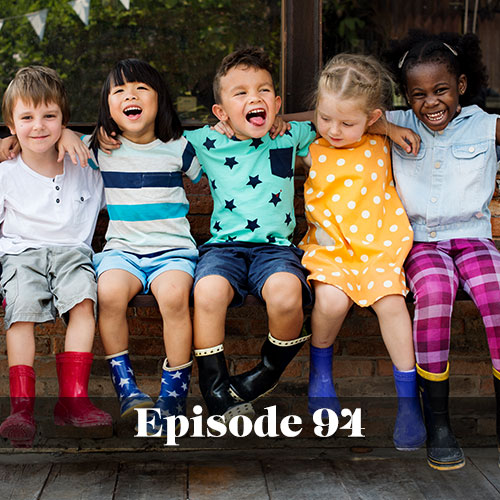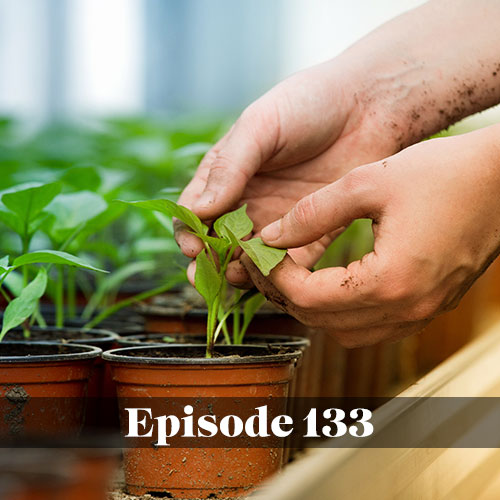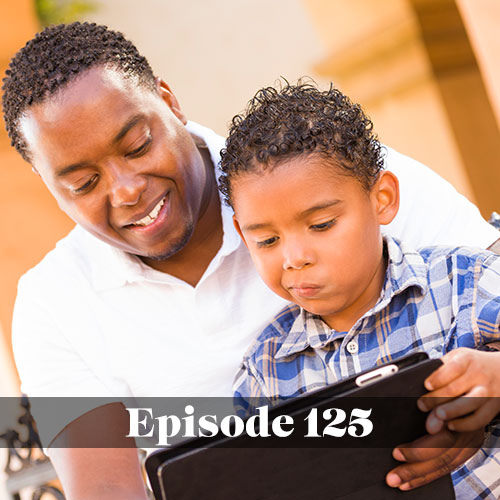In this episode, host Joel Gagne speaks with Dr. Todd Hoadley, the superintendent of Dublin City Schools in Ohio, about diversity in schools.
Dr. Hoadley talks about the increasing diversity that has coincided with Dublin’s rapid growth since the early 2000s. Dublin is the 10th largest school system in the state with more than 16,000 students, up from only 2,200 students less than 20 years ago.
Last year alone, the district enrolled students from 100 different countries, speaking 61 different languages.
Dr. Hoadley attributes the diversity in schools in the district to its proximity to Ohio State University, where the graduate program draws students – and their school-age children – from around the world. He also notes Honda, Cardinal Health, Nationwide Insurance and Wendy’s are large multinational companies with operations in and around Dublin. There also are refugee families entering the district.
Dr. Hoadley calls diversity the “hidden curriculum” that isn’t available in many school districts. He sees it with the friends of his own children.
“While our teachers can teach history and they can teach geography, there’s a hidden curriculum that when a student gets to sit down – and not just talk with, but on a day-to-day basis interact – with a student that’s born somewhere else, the culture becomes much more easy to understand,” says Dr. Hoadley, who has been superintendent for five years.
There are challenges that come with such diversity in schools, including faculty and staff communicating effectively with students of so many language backgrounds.
“We’ve gone from a small, pretty homogenous school district to a large, very diverse district, and so for some of our adults there’s been a major transition,” Dr. Hoadley says. “The professional development that we have provided sometimes has not been to a level deep enough to allow our adults to interact with kids.”
He says it’s also a challenge for students of color to not see as many adult role models that look like them. He says the district is trying to change that through hiring practices.
In addressing misconceptions about diversity, Dr. Hoadley says people may not appreciate the intellectual potential of some refugee immigrant children.
“That’s a shame,” he says. “Because once we see these children integrate into our schools, it is amazing how fast they quickly can master not just the English language but the curriculum that we’re teaching.”
Asked about a specific example of a benefit of diversity in schools, Dr. Hoadley points to a student of Hispanic background who arrived speaking very little English. He recently graduated from Ohio State and is working for a coffee company, and he’s now traveling internationally and supporting himself and his family.
“It warms my heart, and it is one of the many, many reasons – and I see this each and every day – why public schools have to continue to be the place that opens the door to all families,” Dr. Hoadley says.
Got a question or topic you’d like covered in an upcoming We Love Schools podcast? Email us at info@weloveschoolspodcast.com
First time listening to We Love Schools? Learn more about our weekly podcast.
Interested in learning more about how the Allerton Hill Communications team can help your school with communications? Contact us today.






